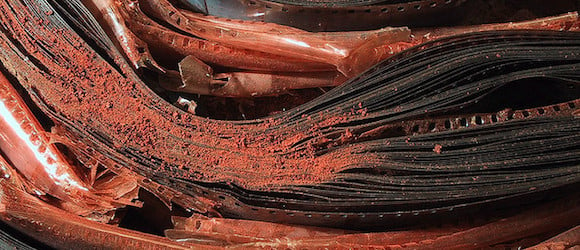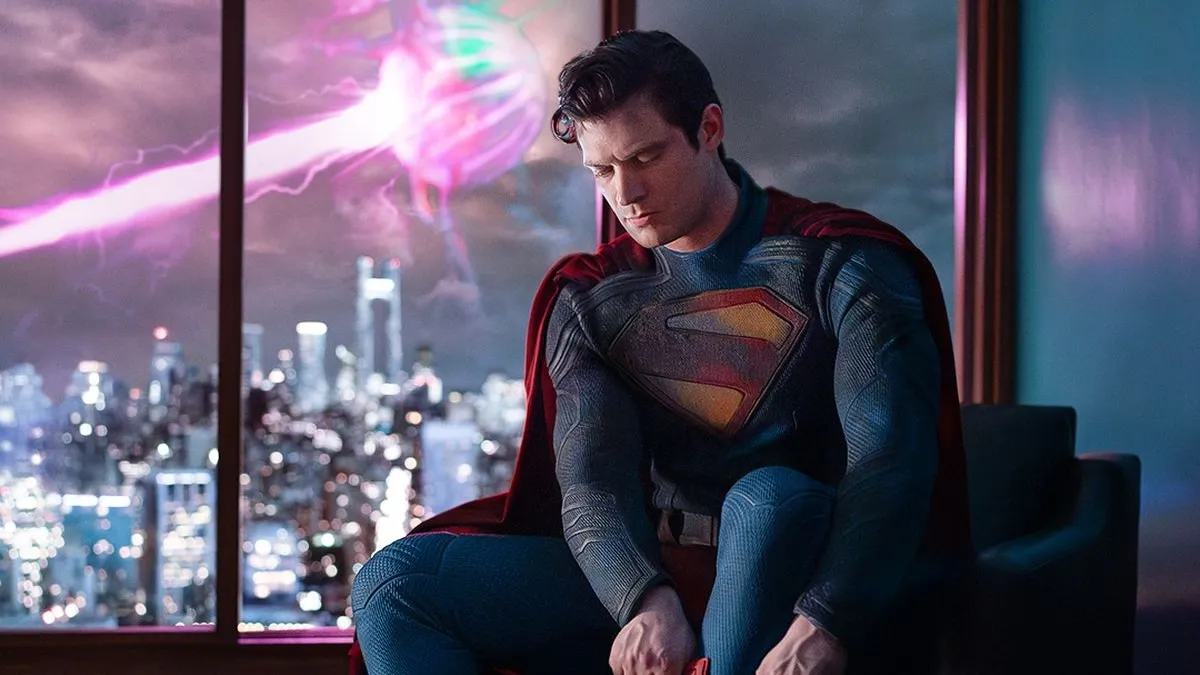This January, researchers behind the Celluloid Ceiling Report poured over the 250 highest grossing films to come out of Hollywood, only to find that a mere 16% of the significant positions in their production staff were occupied by women. Two months later, they released their survey of female characters in 2013, finding that 16% also roughly described the number of identifiable protagonists in 2013’s biggest films.
But limiting themselves to highest grossing movies eliminates a an often more progressive and innovative area of the cinema industry: independent film. So the Center for the Study of Women in Television and Film took a look at films that screened at twenty three of the biggest indie film festivals between last May and this April. How did the numbers change? Well, they were better… but not great.
Independent comics are also often pointed to when the dearth of women in the mainstream is pointed out, both by folks who want to helpfully bring attention to female creators who have already made it in comics, and by those who think that folks after more diversity should accept a diverse indie community as a substitute for overall diversity in comics. Usually, these comments are also not backed up with actual facts. So, Center for the Study of Women in Television and Film, how do the numbers fall out for the independent film industry?
Instead of 16% of the major behind the scenes positions (directing, writing, producing, executive producing, editing, and cinematography) going to women, in independent film, women manage to claim 26% of those positions. That’s even with figures from two years ago, and up 2% from 2008 and ’09. Much like in mainstream movies, the position that makes it closest to being gender equal is that of producer, with 25% of the biggest films produced by women, and 33% of the indies.
More tidbits from the study:
- The percentage of women directors, writers, producers, executive producers, editors, and cinematographers working on documentaries continues to be larger (28%) than the percentage working on narrative features (24%).
- Women accounted for 28% of directors working on documentaries and 18% of directors working on narrative features. These figures are stunning when compared to the percentage of women directing top grossing films in 2013 (6%).
- The percentages of women executive producers and producers increased from 2011-12 to 2013-14, while the percentages of directors, writers, editors, and cinematographers decreased.
These statistics go hand in had with a recent interview with Lexi Alexander, one of the few female directors out there to have worked on a superhero movie for a character (the Punisher) from one of the big two comics publishers, where she talks about how slowly even she absorbed the idea that Hollywood might have a problem with gender.
[There were] was years and years of interviews where I stated that I don’t believe there’s gender discrimination, and when I was starting up my thought was that Hollywood worked with anybody who makes the money. Isn’t it just about who is the best? Because they don’t care if you’re an eight-eyed monster if you make the money, frankly. That’s what I thought. I didn’t understand the kind of how deep gender discrimination and sexism even subconsciously goes. Like, the idea that, to them, a director will always look like Quentin [Tarantino] or Steven Spielberg or a young Spike Jonze. And even if they’re not aware of it, they cannot get over that if you’re kind of like the cool young guy in the baseball hat, and preferably you worked in a video store, it’s hard to get past their kind of deep-rooted picture of what a director looks like. And I think in the meantime – and this is what the numbers tell us – it has gotten so bad that agents would refuse to sign women, even if a woman has a movie that wins a festival or that gets good reviews at a festival. It’s not as likely that she gets signed as a guy. A guy will be hunted by the top five agencies. So we’ve gone so far with it and it’s gotten so bad and the numbers are so small, that now to remedy it we have to literally now be drastic, I think. We have to get a type of quota going so that people see. And the women that are now coming in are not just the usual hacks without experience. They’re actually really solid directors and writers. And guess what? They’ve been out there all along.
That’s just one of a bunch of great quotes from Alexander on her experience as a female director in the interview, so you should definitely check out the rest. And for the Center’s full report on women in the indie films of the past year, you can click here to download the file.
(top pic via David Tames.)
Are you following The Mary Sue on Twitter, Facebook, Tumblr, Pinterest, & Google +?








Published: May 6, 2014 04:11 pm